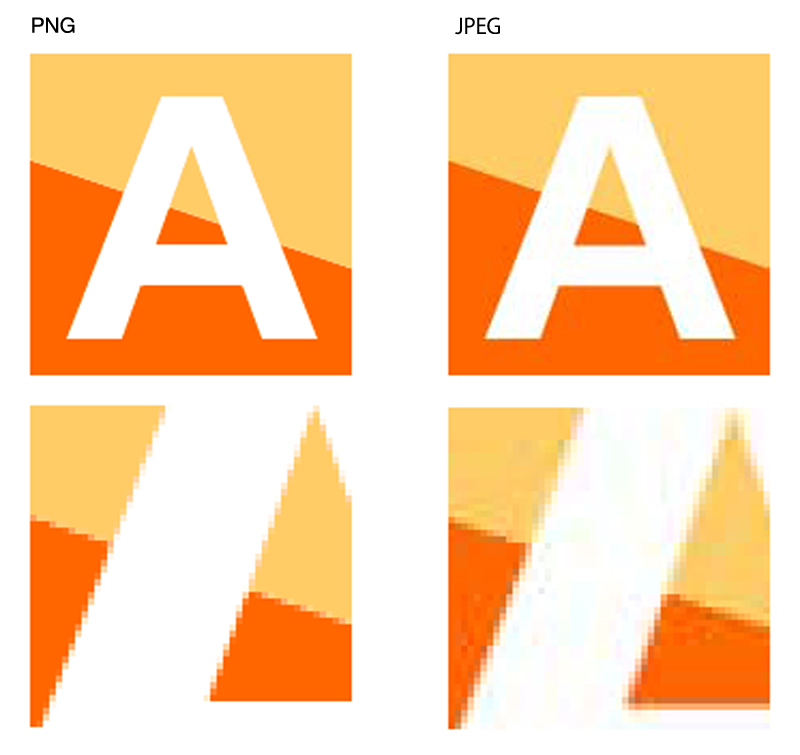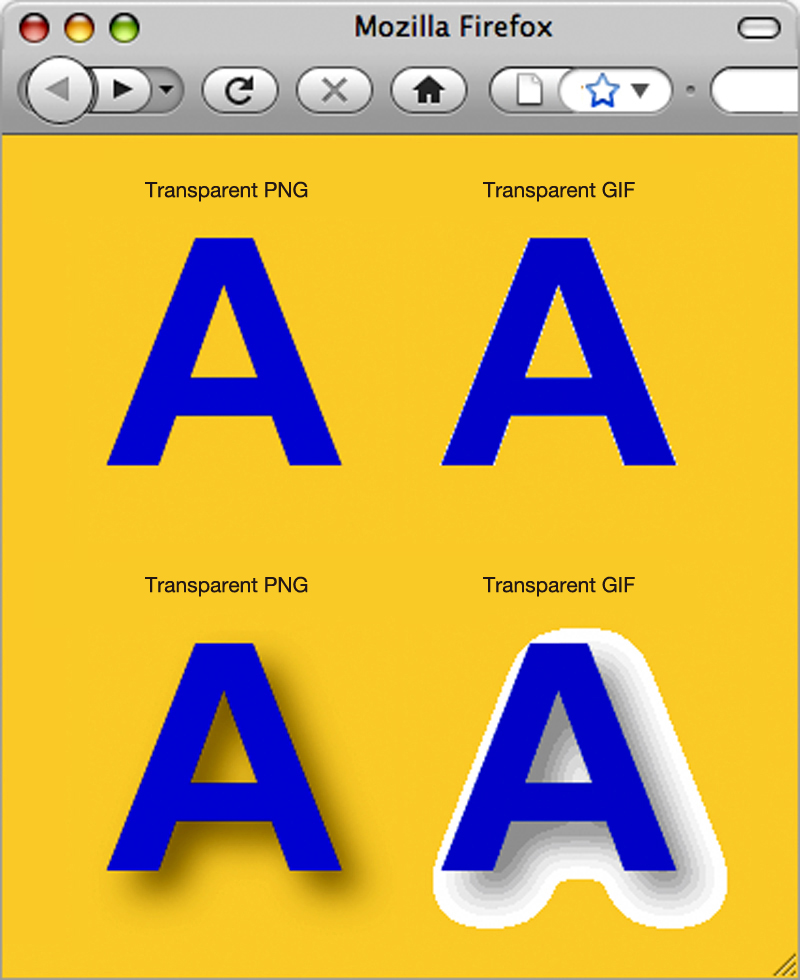PNG
PNG
PNG
CATEGORIES
PNG, short for Portable Network Graphics, is a bitmap data file format. The file extension for it is “.png”.
PNG is a lossless compression file format for use on networks supporting 8-bit and 24-bit colors with the ability to achieve image transparency using alpha channel and retain gamma values.
JPEG, PNG and GIF are the three file formats used on the Web, but PNG incorporates the advantages of JPEG and GIF as it was developed later than these two formats.
When a photo image of the same quality (with continuous gradation) is saved in both JPEG and PNG, the size of the JPEG file often ends up smaller because the process involves lossy compression. Consequently, JPEG is frequently used for Web-based photo images. (However, PNG offers the advantage of not degrading the data and retaining the gamma value owing to its lossless compression feature. )
PNG is often used for illustrations, logos and other image files that contain fewer colors than a photograph (flat tone), and in that respect, is similar to GIF in its application, except that GIF contains a maximum of 8-bit indexed color information (256 colors) while PNG supports both 8-bit indexed color and 24-bit full color information (approximately 16.77 million colors). PNG is also a technology which is recommended by the World Wide Web Consortium.
One of the major features of PNG is that it offers the user the ability to make an image transparent using the alpha channel (transparent PNG). Whereas you can only designate one specific color as transparent in GIF, with PNG, because it has an alpha channel (transparency information), you can make the image gradually transparent (semi-transparent pixels). PNG is therefore suitable for use in cutout images.
However, some Web browsers do not support transparent PNG (or embedded gamma values), therefore, this will need to be checked and steps taken to resolve any issues when using this format.
In any case, it should be remembered that a suitable file format should be selected for the image content.
 Here is the same image saved in PNG format and JPEG format (the images at the bottom are close-ups of a part of the image).
Saving an image with a flat tone and clear lines in JPEG format can produce noise and make the end result blurry, so most artists use PNG format for illustrations, logos, and text-based images.
Here is the same image saved in PNG format and JPEG format (the images at the bottom are close-ups of a part of the image).
Saving an image with a flat tone and clear lines in JPEG format can produce noise and make the end result blurry, so most artists use PNG format for illustrations, logos, and text-based images. Artists can use transparent PNG to create smooth transparent images.
Transparent GIF format only allows for one transparent color; as you can see in the right side of the image above, this can make other colors visible around the borders.
As PNG supports the alpha channel (transparency information), it lets artists create transparent images like the one shown at the bottom left of the image above.
Artists need to take other measures when dealing with Internet Explorer 6, which the formats do not support.
Artists can use transparent PNG to create smooth transparent images.
Transparent GIF format only allows for one transparent color; as you can see in the right side of the image above, this can make other colors visible around the borders.
As PNG supports the alpha channel (transparency information), it lets artists create transparent images like the one shown at the bottom left of the image above.
Artists need to take other measures when dealing with Internet Explorer 6, which the formats do not support.
 To create a PNG file in Adobe Photoshop, go to File > Save For Web.
PNG-8 (top) uses 8-bit index color and, like the GIF format, is best suited for flat images. Creating a clean, good-looking PNG requires a suitable number of colors and optimal color table settings.
PNG-24 (bottom) enables 24-bit full color.
To create a PNG file in Adobe Photoshop, go to File > Save For Web.
PNG-8 (top) uses 8-bit index color and, like the GIF format, is best suited for flat images. Creating a clean, good-looking PNG requires a suitable number of colors and optimal color table settings.
PNG-24 (bottom) enables 24-bit full color.
